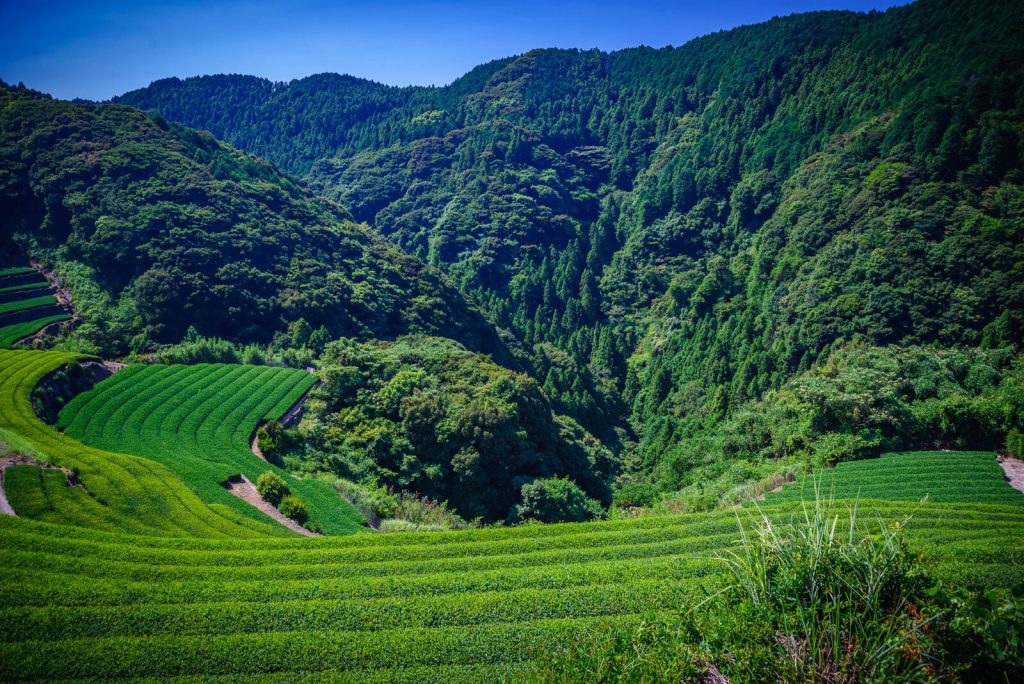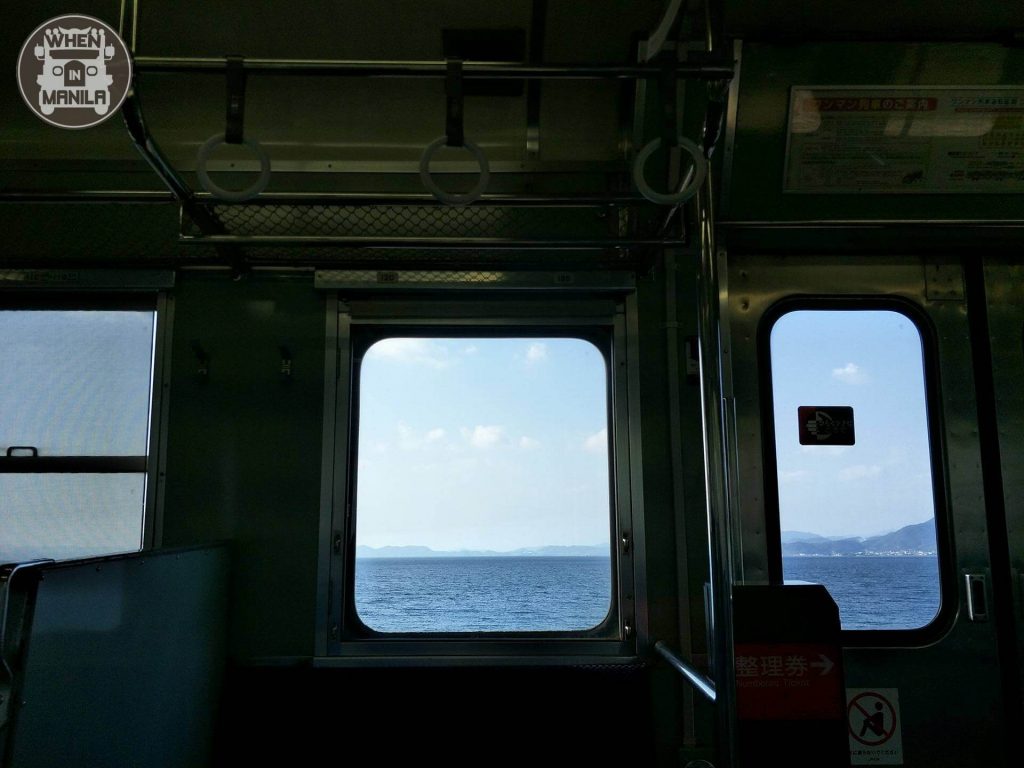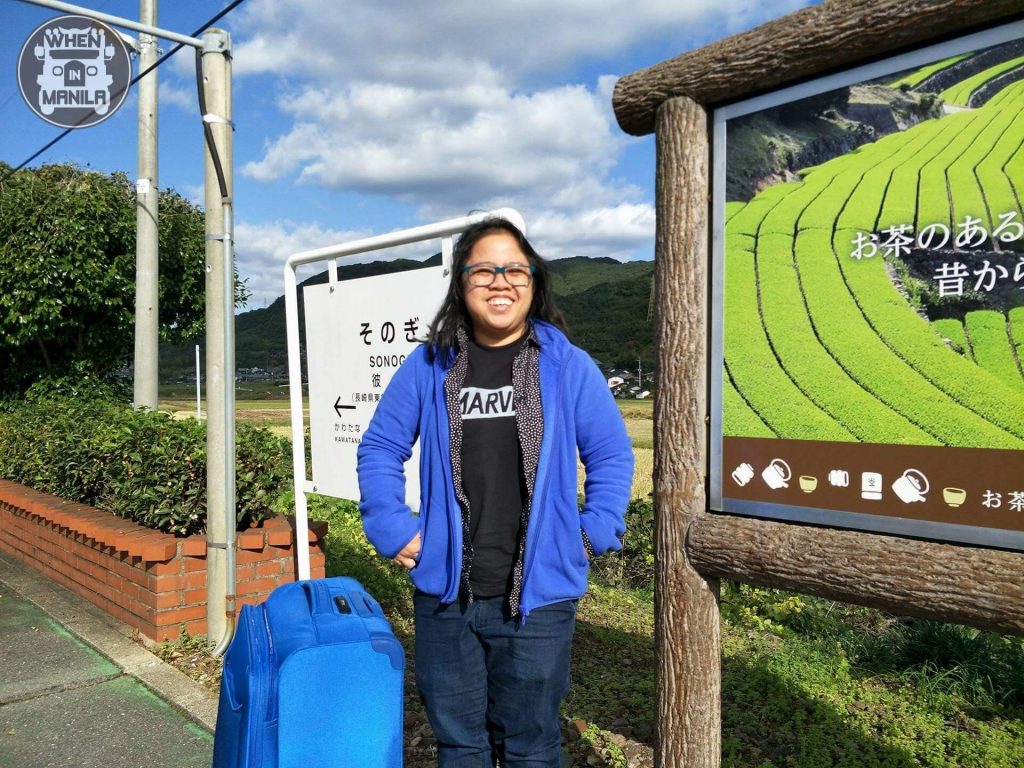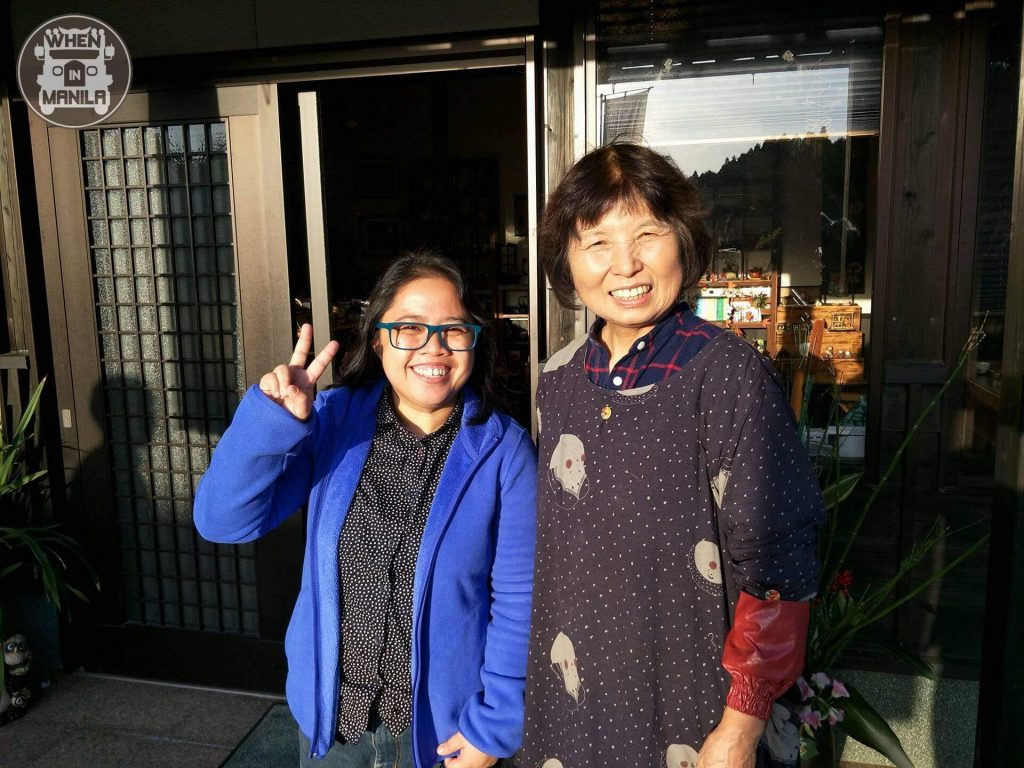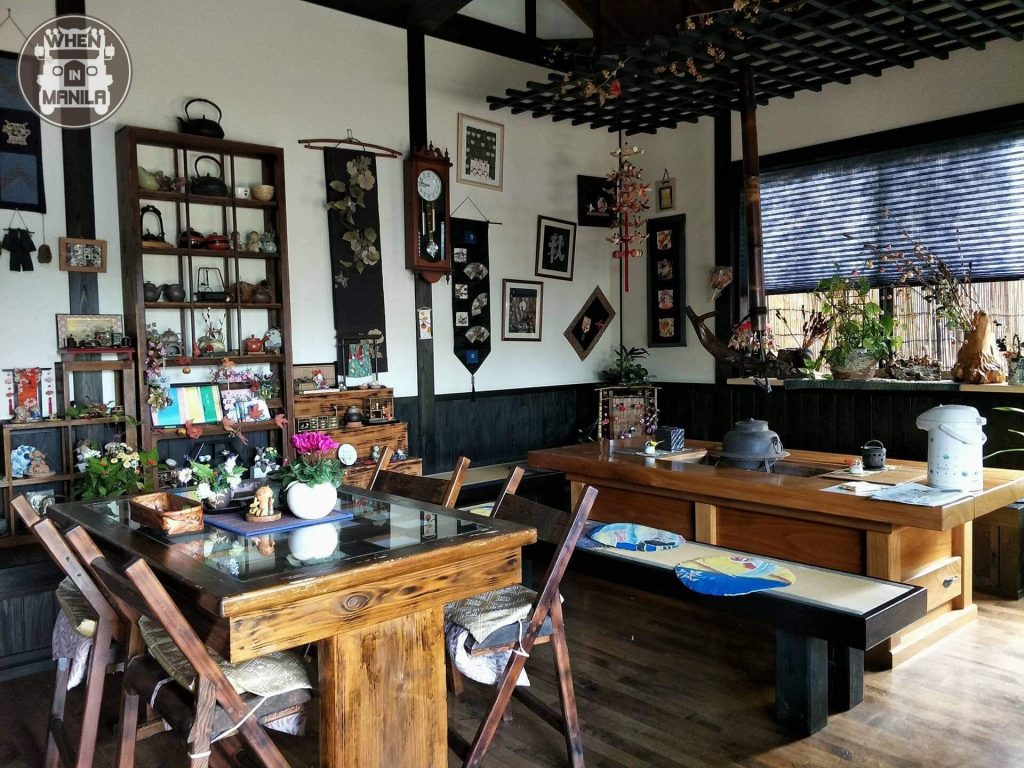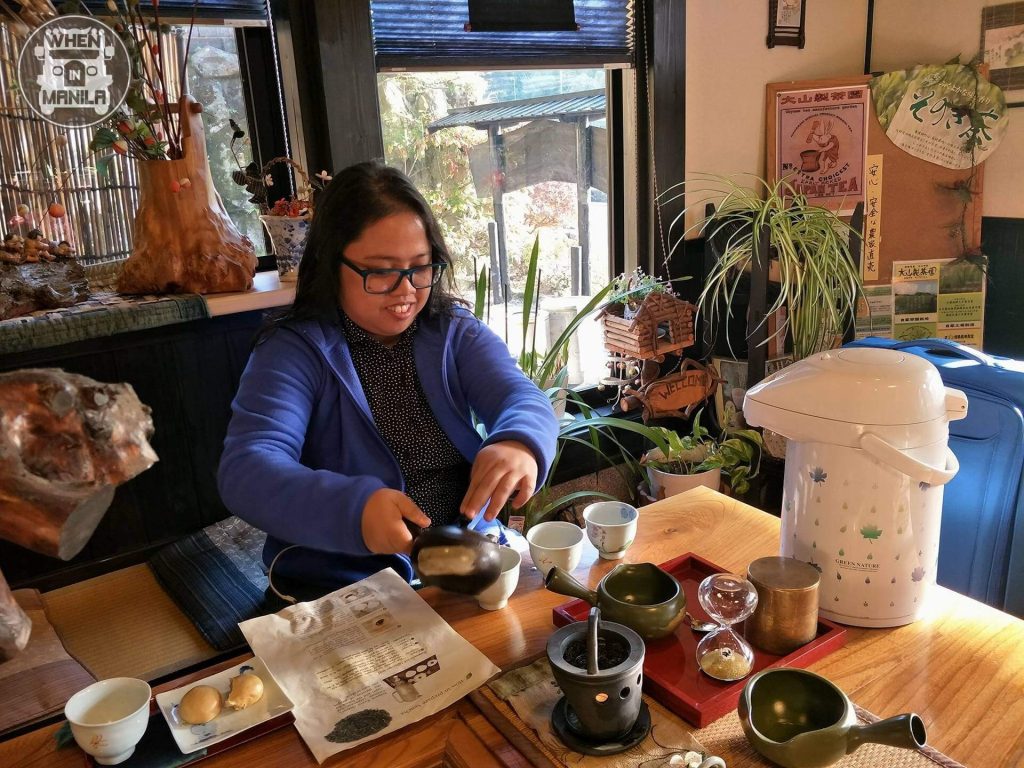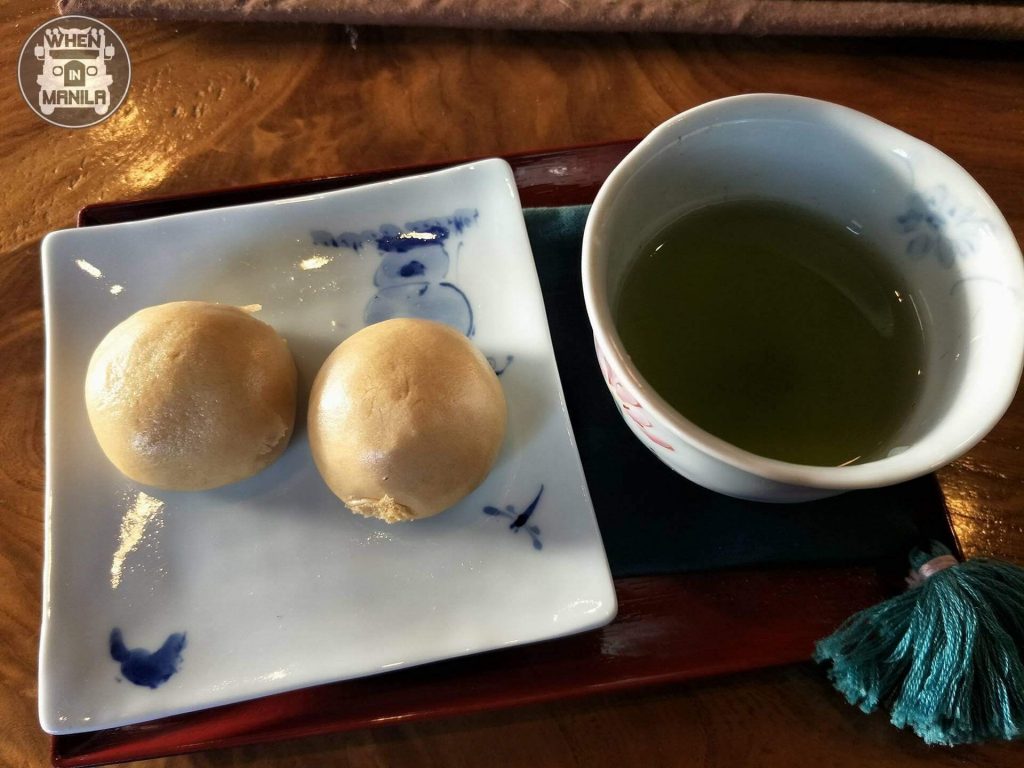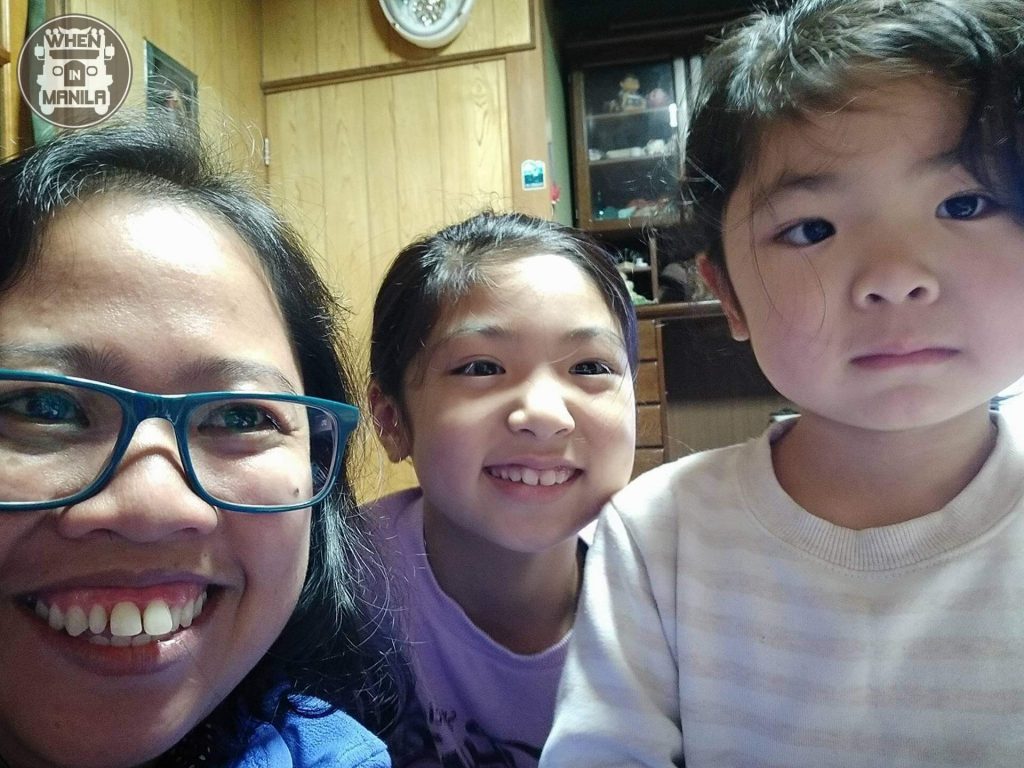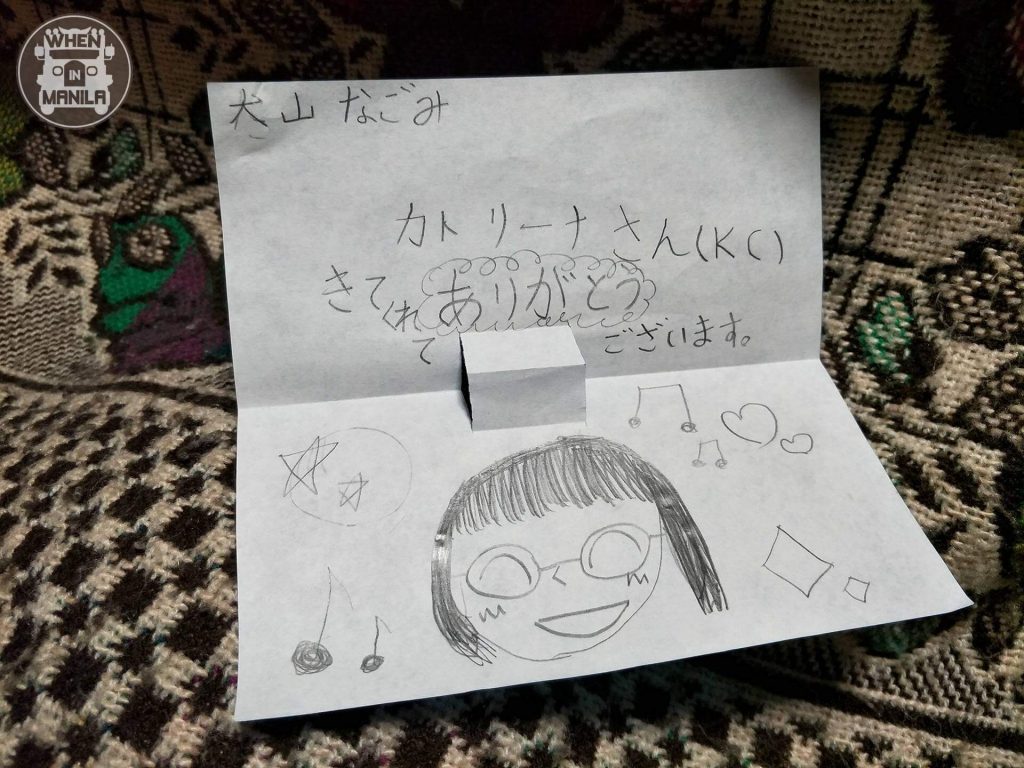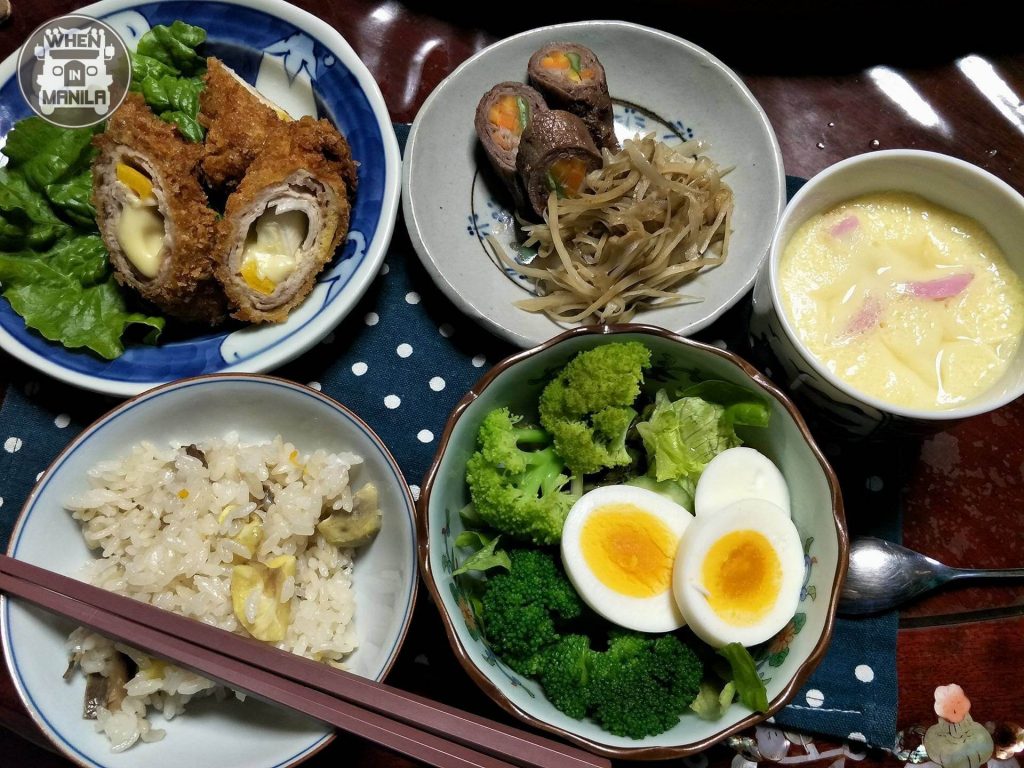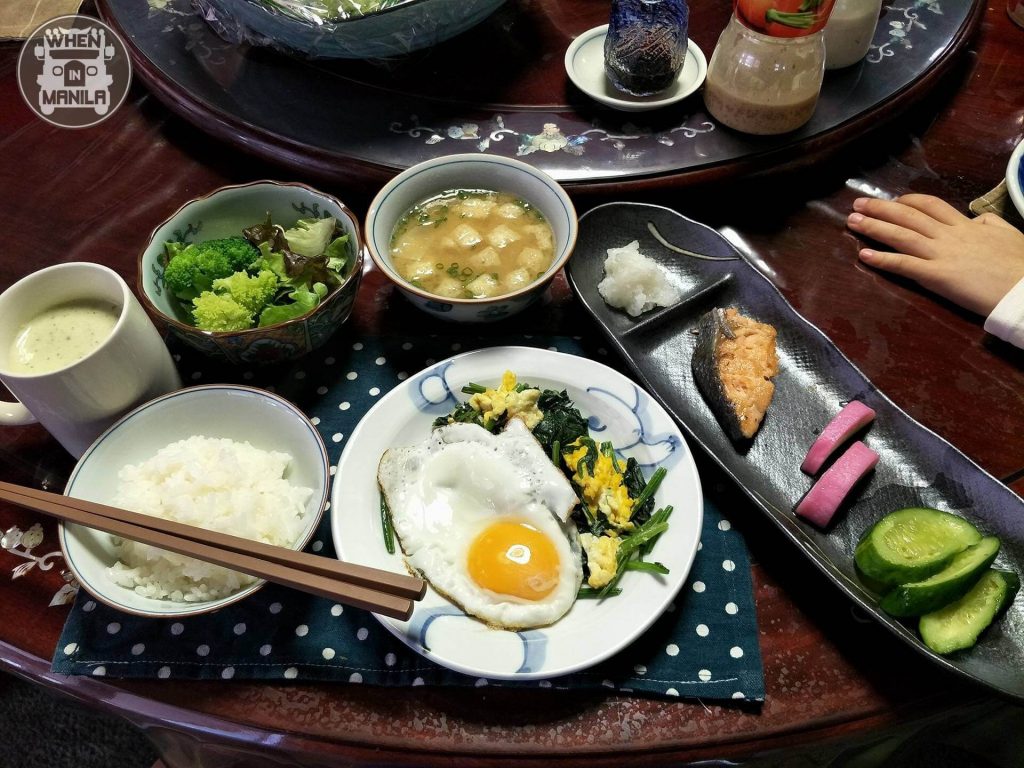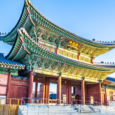Take a peek on how it’s like to stay at a local home in a green tea farm in Japan
After exploring Fukuoka for a couple of days and enjoying its Hakata ramen, I took a Kamome (somewhat similar to Shinkansen but it goes down south) to Nagasaki, Japan. My destination is a local green tea farm in the quiet town of Sonogi.
I was both excited and anxious at that time. Excited, because I will be learning how to properly brew green tea and living even for just a night in a local green tea farm homestay. Anxious, because I was told there was no phone signal in the homestay and the homeowners don’t speak English.
Note: After my overnight homestay, I realized there was nothing to be anxious about. Even if there was no phone signal, I actually needed to stay disconnected even just for a day. It was refreshing and it was the reboot I needed. Anyway, if you badly need internet, some homestays have wi-fi so just ask for the password. Although they didn’t speak English, they tried hard to chat with me thanks to translation apps!
How to go to Green Tea Homestay?
While on the Kamome, I already noticed that my destination is far from the Japan I know, which is largely Tokyo with bustling train stations filled with crowds of people going somewhere and an abundance of skyscrapers. The view from my window looked like I was traversing SCTEX, there were fields and fields of greenery.
I got off Isahaya Station and had to transfer to a local train to reach Sonogi. It was a little past noon then and I was meeting my guide in Sonogi station at around 3 PM. Knowing that the train ride will just be about an hour, I know I was early. However, I ended up arriving at Sonogi station just in time because I initially waited on the wrong platform in Isahaya Station. Anyway, the point is, I still arrived at Sonogi.
Here’s a sample route option from Fukuoka to Sonogi. Just customize the options to find the best route when you plan to visit. Train schedules in Japan are virtually on-the-dot so you can be sure that trains will arrive and leave on time.
On the local train to Sonogi, the view from the train window changed from greenery to a view of the sea.
I got off at Sonogi Station and met with my guide there. Then, we drove off to the green tea farm where I spent the night.
Staying at a local home in a green tea farm
Local homes in green tea farms in Sonogi were opened up to travelers for a fee (7,500 yen including overnight stay, dinner, and breakfast) to promote green tea tourism. According to the locals, “They want to invite visitors into their picturesque tea fields and share the best ways to prepare and enjoy green tea, [show] the relationship between the tea farmers and the tea they grow, [talk about] the history of tea in Higashi Sonogi, and how their tea is produced.”
I stayed at Jisako and Eiko Oyama’s homestay. Their homestay offers 2 rooms and can cater to up to 6 people. During my stay, I was the only guest so I had one big room to myself.
Here’s a brief description of the homeowners taken from the Green Tea Homestay website.
Jisaku Oyama never hesitates to chat with his guests in the colorful local dialect, no matter which country they hail from. Mr. Oyama is a down-to-earth fellow who can make friends with anyone, and he is also a key figure in Higashi Sonogi’s tea-growing operations.
But you will never hear him say himself that he is recipient of the Agriculture Minister’s Award and the Yellow Ribbon Medal of Honor for his service to the community.
His wife, Eiko, is a certified Japanese tea instructor, and promotes Sonogi tea at the family’s tea café, “Charaku”. She plays a motherly role for the Association, preparing various delicious foods and helping out however she can.
Take note:
* Guests are asked to bring their own personal amenities such as towels and toothbrushes. Alcohol will not be provided at meals, but guests may bring their own beverages if desired.
* Bathing takes place at Ureshino Hot Springs. Your hosts will help you get there and the cost is included in the cost of accommodation.
Learning how to properly brew green tea
One of the highlights of my stay at the green tea farm is learning how to properly brew green tea. I was taught by Mrs. Eiko Oyama, a certified tea expert, at the Charaku cafe.
After demonstrating how to do it, I was asked to do it on my own.
A few notes I now keep in mind when brewing green tea is to brew it in hot water that is just about 70-degrees Celsius. If it’s too hot, some of the important healthy elements of green tea die.
Also, the tea leaves should be brewed on the hot water for only a minute.
Then, I alternately poured the green tea into three cups so that all three will have equal concentration of the tea. I poured it all until nothing was left on the teapot.
We enjoyed the freshly brewed green tea with manju, a popular Japanese confection that is sweet and usually has bean paste inside it.
Amazing dinner and breakfast
It was a genuine homestay experience because I met their grandkids, Nagomi-chan and Shin-chan. That’s another highlight of my homestay.
I watched TV with the family, played with the kids, watched the kids do their homework, and even chatted with them as if I was a true family member. 🙂
Nagomi-chan and Shin-chan even surprised me with this letter. 🙂
Of course, the food is another highlight. I had dinner and breakfast with Oyama-san’s family.
I’m not very familiar with most of the dishes but I can say that all of them are delicious.
For dinner, we had:
*Chawan mushi – (a traditional Japanese appetizer made from steamed savory egg custard and full of fillings such as prawns, ginkgo nuts, kamaboko steamed fish cake, shiitake mushrooms, and spring onions
*Egg salad, which is abundant in broccoli
*Chicken katsu, which looks like Japanese chicken cordon bleu
*Bacon-wrapped veggies
*Rice, the rice was not the typical white rice, it had pickled veggies in it, which worked well for me
For breakfast, we had:
*Miso soup
*Vegetable salad
*Vegetable smoothie
*Salmon, narutomaki, pickles
*Spinach and egg
*Rice
Tips, comments, and overall experience
- If you plan to have a local homestay at this tea farm, I recommend booking in advance. You can email them through their website. It may take a while for them to reply but they will reply. Check your email often and check even the spam folder in case their reply gets lost in there. They may not be fluent in English but they will try to get the message across.
- Payment will be made after your stay so bring cash with you. You can also buy green tea directly from them, which may be cheaper compared to buying the same green tea outside of the farm.
- After your stay, they will drive you back to Sonogi Station where you can head out to your next adventure!
- Total expense was 9,000 yen (about P4,000) – 7,500 yen for the homestay, 500 yen for tea brewing, and 1,000 yen for the green tea I purchase.
Information posted here is correct at the time of publication. Prices and details may change so please check their website directly in case you plan to visit them in the future.
For more information about green tea farm homestay in Japan, you can check their website, https://greentea-homestay.com/

